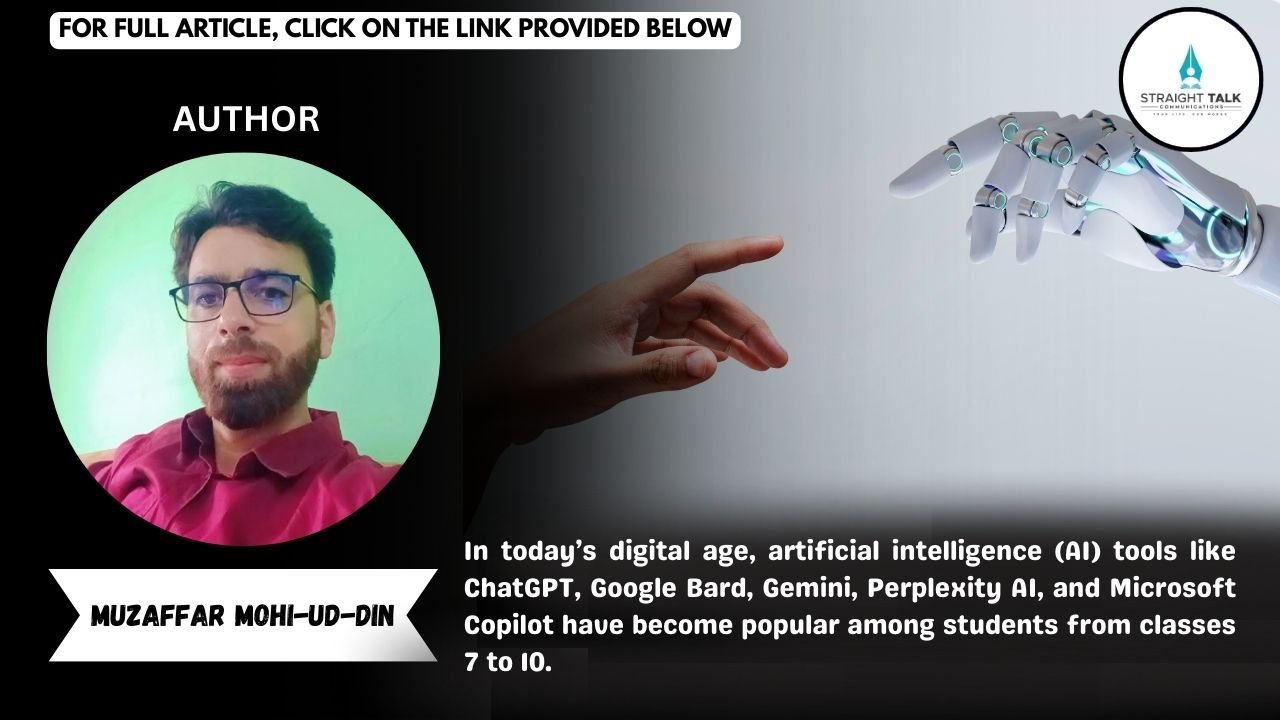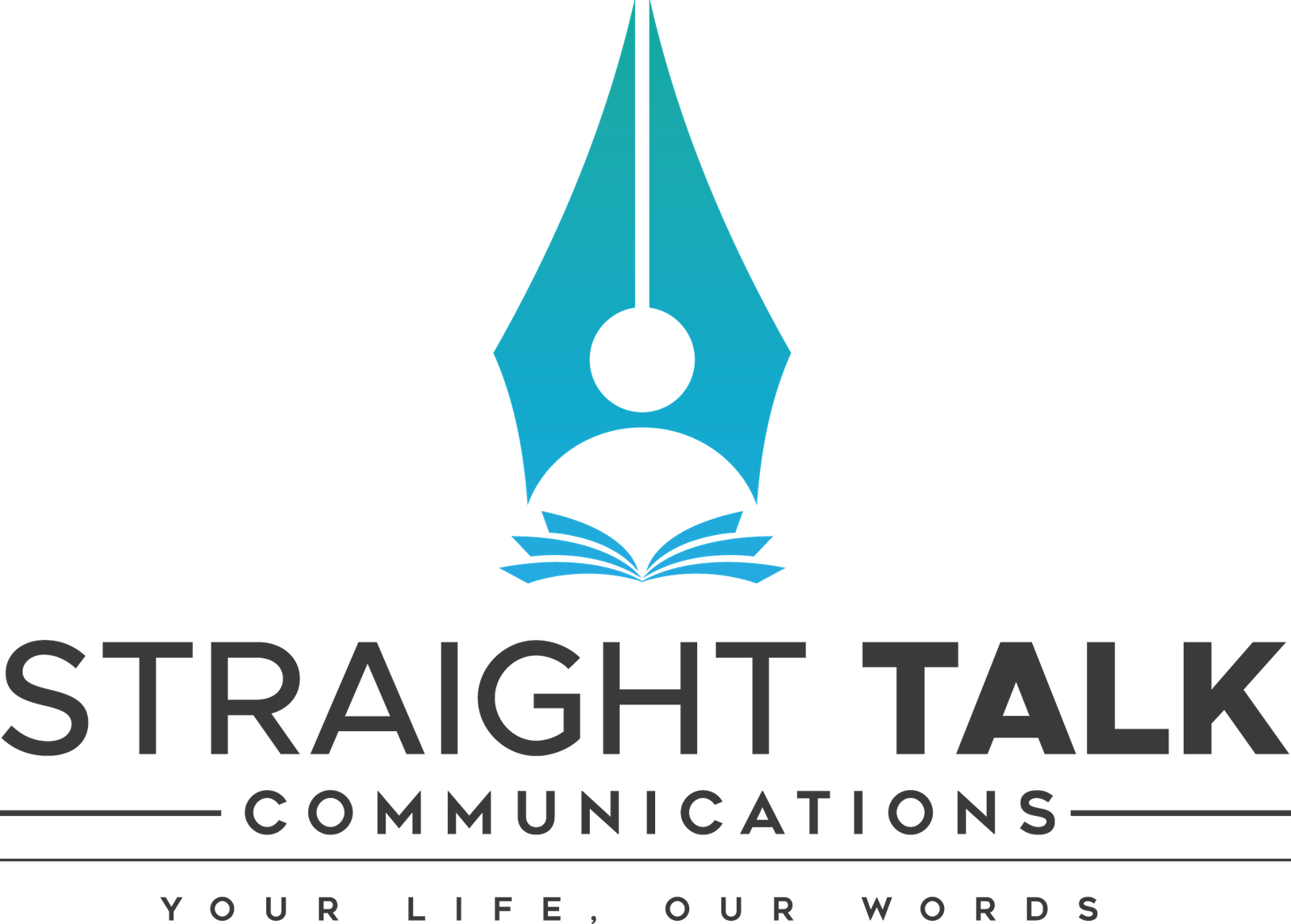The Growing Dependence on AI in Student Learning – A Call for Balanced Education

Introduction
In today’s digital age, artificial intelligence (AI) tools like ChatGPT, Google Bard, Gemini, Perplexity AI, and Microsoft Copilot have become popular among students from classes 7 to 10. These tools offer quick answers, explanations, and ideas, making learning easier and more accessible. However, while such technological advancements can support education, an increasing reliance on them is affecting students’ creativity, independence, and critical thinking. It is essential to understand how this trend impacts their development and what teachers can do to guide students toward a balanced learning approach.
The Rise of AI-Based Learning Among Students
Students now ask AI tools for everything—homework solutions, essay writing, definitions, and even ideas for projects. They prefer asking AI apps rather than exploring topics on their own or engaging with their teachers. While AI tools can be useful, especially during the pandemic when remote learning became necessary, students are now becoming overly dependent on these tools for almost every task. The ease of access to information has led to less effort in thinking deeply or solving problems independently.
Teachers’ Role in the AI Era
Teachers themselves are not untouched by this trend. Many use AI platforms to enhance their teaching methods, create presentations, or find additional material for students. However, there is a fine line between using AI as a support tool and relying on it too heavily. Teachers must be careful not to encourage overdependence and instead emphasize foundational learning, critical thinking, and self-reliance. They should focus on encouraging students to question, explore, and experiment beyond what AI can offer.
The Risks of Overusing AI
Excessive use of AI tools can lead to several negative effects:
Decline in creativity: Students stop thinking for themselves and prefer ready-made solutions.
Reduced memory retention: By not engaging actively with content, students struggle to remember or internalize concepts.
Increased shyness and reduced confidence: Overreliance on AI weakens students’ problem-solving abilities, making them hesitant to participate in discussions or express their thoughts.
Loss of writing skills: Frequent use of AI for writing tasks leads to misspellings, poor sentence structures, and shallow understanding.
Heading towards a dark period: If this habit continues, students may face intellectual stagnation and emotional insecurity.
A Call for Action – What Teachers Must Do
Teachers should encourage students to balance technology with their own efforts. Here’s how:
1. Emphasize foundational learning: Focus on basics like grammar, vocabulary, comprehension, and problem-solving.
2. Encourage writing practice: Provide regular writing tasks on varied topics to stimulate creative thinking and expression.
3. Promote brainstorming sessions: Teach students how to organize thoughts and develop ideas before writing or solving problems.
4. Create group activities: Peer learning helps students express themselves and boosts confidence.
5. Limit AI usage in classrooms: Encourage students to use AI tools only when necessary and to rely more on books, research, and discussions.
6. Develop self-intelligence: Teach students how to find answers by reasoning, analyzing, and learning from mistakes.
Conclusion
AI tools have a significant role in modern education, but they should not replace a student’s ability to think independently, create ideas, and solve problems. Teachers must guide students to use AI wisely and develop their own skills, especially writing, creativity, and self-confidence. By balancing technology with human effort, students can build a brighter future one where learning is driven by curiosity, creativity, and resilience.







